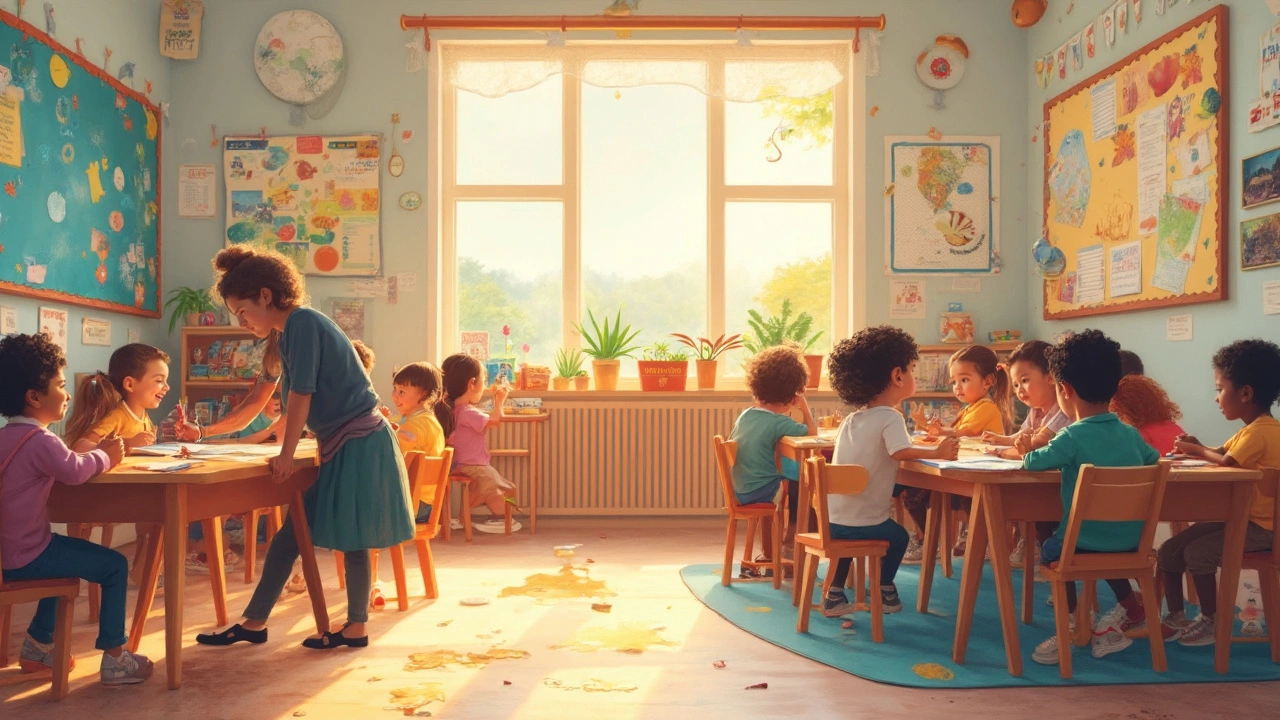Mainstream Classroom: Simple Guide for Teachers and Parents
Ever wondered what makes a classroom feel welcoming to every kid, no matter their abilities or background? That’s the idea behind a mainstream classroom – a regular setting where all children learn together, with the right support in place. In this guide we’ll break down the basics, why it matters, and give you easy‑to‑use tips you can start using today.
What Is a Mainstream Classroom?
A mainstream classroom is just a regular class that includes children with special educational needs alongside their peers. It isn’t a separate “special needs” room; instead, teachers adapt lessons, use flexible seating, or add extra help so every learner can join the action. Think of it like a sports team where everyone plays, but the coach makes sure the rules fit each player’s skill level.
Why It Works for Kids and Schools
When kids learn side by side, they pick up social skills faster. A child with a learning difference sees that they’re not the odd one out, and other kids learn empathy and patience. For schools, mainstream classrooms reduce segregation and make the best use of resources – one teacher, one curriculum, a few targeted tweaks instead of whole‑school separation.
Now, let’s talk about the practical side. How do you turn a standard room into a thriving mainstream space without turning it into a circus?
1. Clear Routines – Kids thrive on predictability. Post a visual schedule at eye level, use simple icons for each activity, and stick to the plan as much as possible. When a child knows what’s coming next, anxiety drops and focus rises.
2. Flexible Seating – Not every child can sit still on a chair all day. Offer cushions, standing desks, or wobble stools. Let kids choose what feels comfortable for a particular lesson. This tiny change often boosts engagement for those who need a bit of movement.
3. Small Group Work – Break the class into groups of three to five. Mix abilities so stronger learners can model tasks, while those who need help get more one‑on‑one time. Rotate groups regularly to keep dynamics fresh.
4. Use Multisensory Materials – Combine visual, auditory, and tactile elements. For a math lesson, use number cards, spoken instructions, and hands‑on manipulatives. The more senses involved, the easier it is for all kids to grasp the concept.
5. Quick Check‑Ins – Spend a minute at the start of each lesson asking, “What’s one thing you’re unsure about?” This signals that you’re open to questions and lets you spot a child who might need extra help before the lesson snowballs.
Parents can also join the effort. Share a weekly note about what worked at home, any new interests, or challenges the child faced. Teachers can use that info to tweak upcoming lessons, making the partnership a real two‑way street.
Finally, remember that perfection isn’t the goal. A mainstream classroom is a work in progress, and even small adjustments can create big gains. Celebrate wins – a shy child raising their hand, a group finishing a project together – and keep building from there.
Ready to try one of these ideas? Grab a piece of paper, sketch a simple daily schedule with pictures, and hang it on the wall tomorrow. Watch how quickly the room settles into a smoother rhythm. You’ll see that making a classroom truly mainstream is less about massive overhauls and more about everyday choices that welcome every learner.
Can a Child Grow Out of Special Ed? Answers You Won’t Find in the Brochures
Parents often wonder if their child will always need special education or if it’s possible to move into a regular classroom. This article unpacks how some kids do leave special ed while others continue to need support, and what’s actually influencing that journey. It covers what goes on behind the decision-making, common turning points, and stories from real families. You’ll also find tips for helping your child thrive, no matter where they are on their path.
